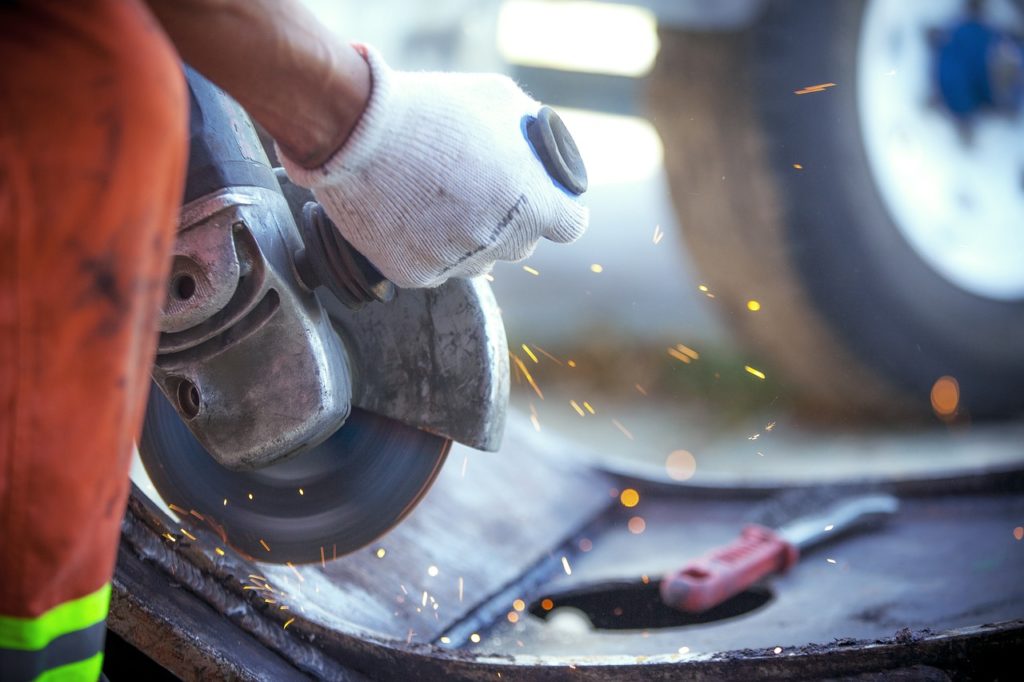
When it comes to workplace safety, protecting your legs is essential.
Whether you work in construction, manufacturing, or any other industry where hazards are present, choosing the right legs protection gear can make a significant difference in preventing injuries. In this article, we will explore how to find the perfect legs protection gear tailored to your specific needs.
Understanding the Risks
Before selecting legs protection gear, it’s crucial to understand the potential risks in your workplace. Common hazards include:
-
- Impact and Crush Injuries: from falling objects or machinery
-
- Cuts and Abrasions: from sharp materials or tools
-
- Chemical Exposure: from liquids or hazardous substances
-
- Heat and Cold: extreme temperatures that can cause burns or frostbite
Identifying these risks will help you choose the appropriate protection gear that addresses specific concerns.
Types of Legs Protection Gear
There are several types of legs protection gear available, each designed to mitigate different risks:
-
- Protective Pants and Overalls: Made from durable materials such as Kevlar or heavy-duty canvas, these garments offer protection against cuts, abrasions, and minor impacts.
-
- Knee Pads and Shin Guards: Ideal for tasks that involve kneeling or working in confined spaces, these accessories provide cushioning and protection against hard surfaces.
-
- Steel-Toe Boots: Essential for environments where there is a risk of crushing injuries, these boots feature a reinforced toe cap usually made of steel or composite materials.
-
- Chemical-Resistant Leg Covers: Designed for industries handling hazardous chemicals, these covers protect against spills and splashes that could cause severe burns or skin damage.
Factors to Consider
When choosing legs protection gear, consider the following factors:
-
- Level of Protection: Ensure the gear provides adequate protection against the specific hazards present in your workplace.
-
- Comfort: Workers are more likely to wear protective gear consistently if it is comfortable and allows freedom of movement.
-
- Durability: Select gear that is durable and resistant to wear and tear, especially in rugged work environments.
-
- Fit: Proper fit is essential for comfort and effectiveness. Consider adjustable features to accommodate different body types.
-
- Regulatory Compliance: Ensure that the gear meets relevant safety standards and regulations applicable to your industry.
Choosing the Right Gear for Your Industry
Every industry has its own unique safety requirements. Here’s how to choose the right gear for some common sectors:
-
- Construction: Workers in construction require sturdy pants, knee pads, and steel-toe boots to protect against falls, impacts, and debris.
-
- Manufacturing: In manufacturing settings, where machinery is prevalent, protective overalls and steel-toe boots are crucial.
-
- Chemical Handling: Industries dealing with chemicals need chemical-resistant leg covers and boots to prevent exposure to hazardous substances.
-
- Healthcare: Medical professionals should wear comfortable, washable pants and slip-resistant shoes to prevent slips and exposure to bodily fluids.

Training and Maintenance
Providing workers with the right legs protection gear is only part of the solution. Proper training on how to wear, adjust, and care for the gear is essential. Regular maintenance and inspection of gear also ensure its effectiveness over time – https://ogrifox.com/en,categoryView,LEGS_PROTECTION,9,0,1.html.
Investing in the right legs protection gear is an investment in safety and productivity. By understanding the risks specific to your industry and selecting appropriate gear, you can create a safer work environment where employees can perform their jobs confidently and securely.
For expert advice on finding the perfect legs protection gear for your needs, contact us today.